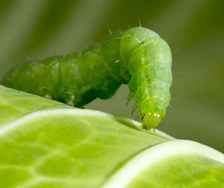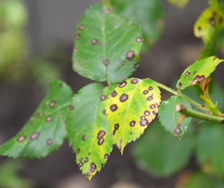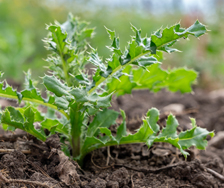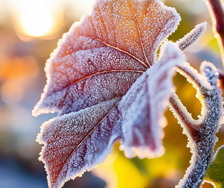Yates Account
Join now
Create a Yates account today!
Sign up to join the Yates Garden Club for monthly e-mails packed with seasonal inspiration, tips for success & exclusive promotions.
Plus if you’re a Garden Club member you can take part in the Yates Growing Community - a blog to share successes, get advice & win prizes in fun challenges along the way!

Forgot password
Enter the email address associated with your account, and we'll email you a new password.
Lepidoptera
Plutella xylostella

What are Diamondback Moths?
Diamondback Moth (AKA Cabbage Moth) is a very destructive pest for brassica crops; cabbages are especially vulnerable. Damage to crops is usually encountered during winter and spring. Diamondback moth is very common throughout NZ.
Caterpillars are green, varying from pale to bright, with a dark coloured head. They’re easy to mistake for white butterfly caterpillars. Because the season for these two species of caterpillars overlaps, lots of gardeners refer to them both as ‘white butterfly’ without realising there are actually two completely different culprits. The easiest way to tell the caterpillars apart is by watching their behaviour when you disturb them: diamondback moth caterpillars will violently wriggle and often drop off the leaf, descending on a silky thread. White butterfly caterpillars tend to rear up on their back legs and stand their ground.
Adult diamondback moths are small, dusty-looking brown insects that fly at night. The adults don’t cause damage, but their caterpillars more than make up for it! They produce multiple generations each year; as many as seven generations in a single season. This allows them to spread very quickly in favourable conditions.

Symptoms
When the tiny caterpillars hatch out on the underside of leaves, they burrow in and feed on the internal leaf tissue. This causes small ‘blisters’ or ‘windows’ on the surface of the leaf.
When the caterpillars grow larger, they begin to chew out numerous holes in the leaves.
Plants impacted
- Cabbage
- Broccoli
- Brussels sprouts
- Bok choy
- Celery
- Beetroot
- Kale
- Kohlrabi
- Rocket
- Wong bok

















Share
Share this article on social media